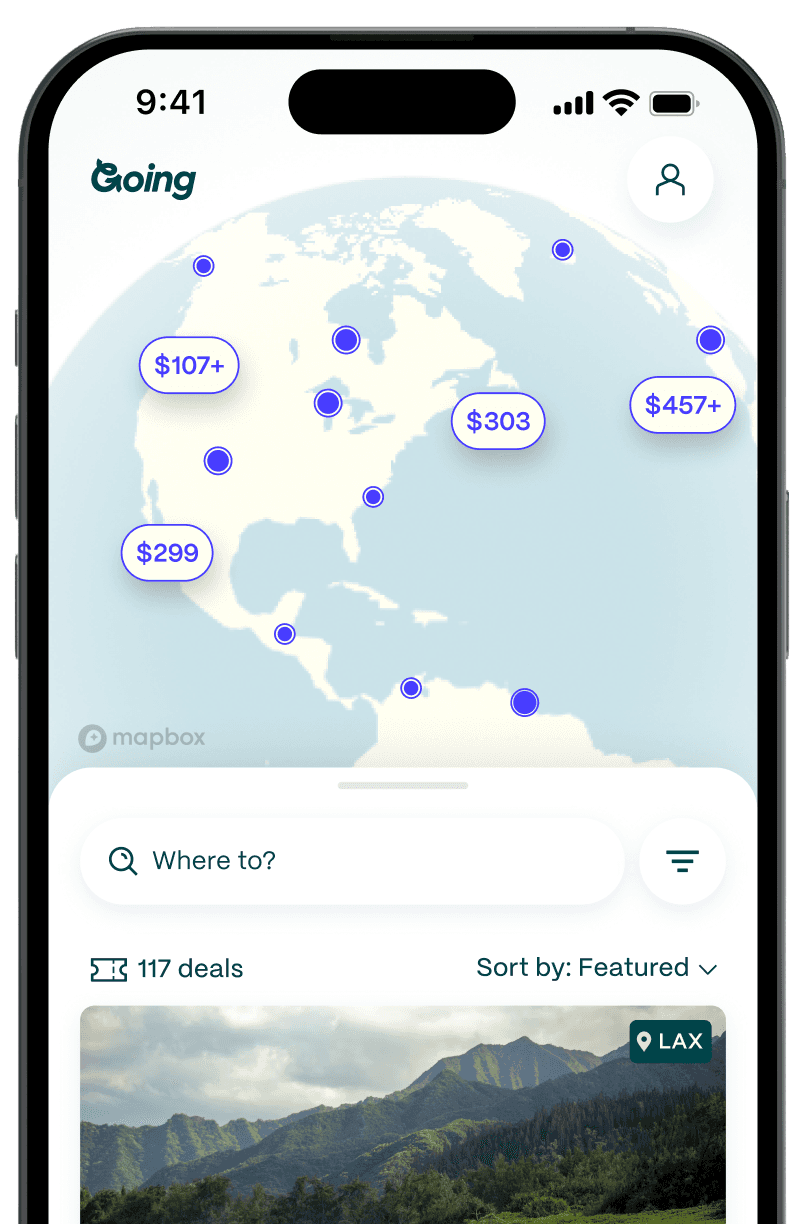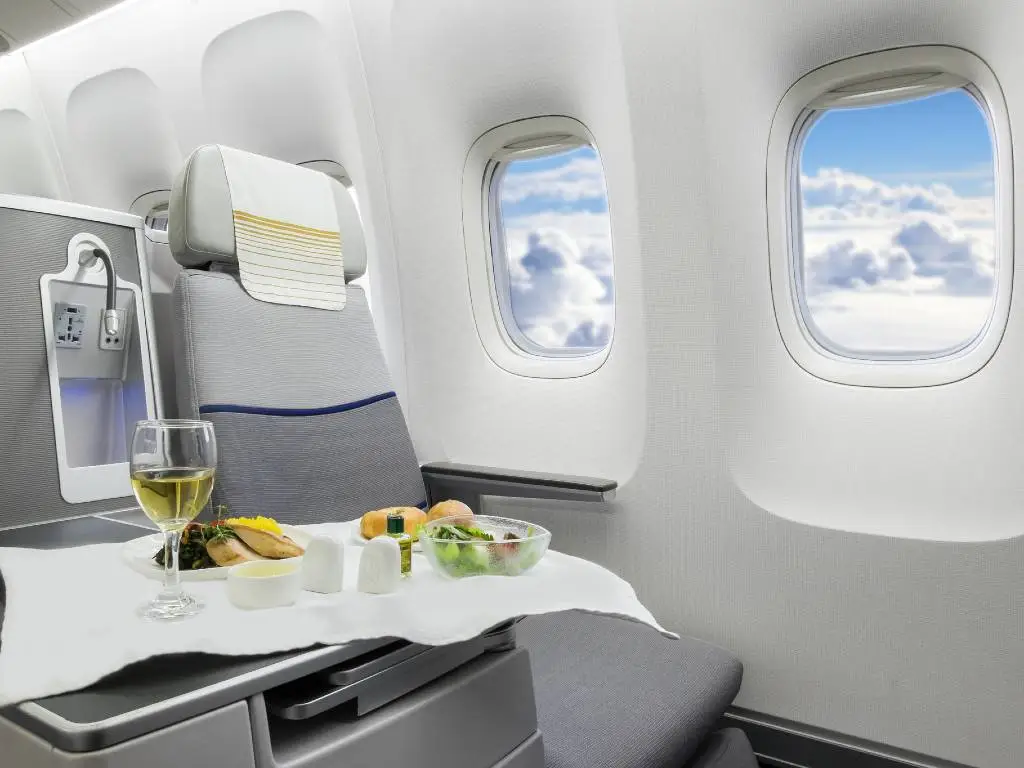
Difference Between Business and First Class: A Full Comparison
Table of Contents
Key takeaways
- Domestic vs international first class: Domestic first class in the US offers wider seats, upgraded meals, and free drinks, but it lacks the luxury of international first class, which often provides lie-flat seats, gourmet meals, and higher privacy.
- Business vs first class: Business class typically offers elevated service with practical comfort, while first class is a more luxurious experience with enhanced privacy, better service, and higher costs.
- Both classes tend to offer lounge access, but first-class lounges provide a quieter, more exclusive experience with fine dining. First-class passengers also enjoy priority boarding, sometimes with personal escorts to the plane.
- First class typically offers better amenities like luxury kits, pajamas, and onboard showers (on certain airlines). Business class provides quality service but with fewer luxuries and less space compared to first class.
- With a Going Elite membership, you get access to real-time flight hacks on premium class seats, including business and first class, as soon as prices drop.
Summarize with ChatGPT | Perplexity | Claude | Google AI Mode | Grok
So you’ve found your destination and picked your airline (or at least whittled the list into a short one) and are comparing fares and itineraries. An offer might pop up at the time of booking, displaying fares for business class or first class on your chosen flights. But what’s the difference? Is it significant? Is it just a slightly bigger seat with more room, or are the differences substantial?
We hear stories about chauffeured limousines to planeside at the last minute and free-flowing champagne on tap, but which airlines do that, and for whom? And what’s the difference between international first class and domestic first class? Is it really worth paying more?
Read on—we’ve got tips. And if you want to save up to 90% on your next business or first class flight, join Going.

Domestic vs International First Class
For having the same name, domestic and international first class couldn't be more different, and if you're expecting a lie-flat seat and gourmet meals on your three-hour first class flight within the US, you're going to be disappointed.
The United States is one of the few countries where airlines generally market their domestic premium cabins as “first class”—in the rest of the world, it’s business class on most shorter flights. On most aircraft, US domestic first class means a wider reclining seat, upgraded (and free) meal service, and free alcoholic drinks, often served on basic china with glassware, compared to the plastic in use in economy (also referred to by airlines as the “main cabin”).
On most US domestic flights, first class is the only premium cabin onboard the aircraft. There are, however, a select number of routes that airlines treat differently—mostly coast-to-coast transcontinental flights (NYC to LA, for example). On those flights, the first class products are often similar to international markets. This is typically made clear during the booking flow on the website.
Confusingly, on many shorter international flights between the United States and Canada, Mexico, Central America, the Caribbean, and even the northernmost destinations in South America, the flights are operated with the same aircraft used for US domestic flights. On these flights, the domestic first class cabin is often sold as business class (but with a service standard roughly similar to domestic first class).
Long-haul international first is a whole different experience. Where we discuss international first class, we generally mean intercontinental first class—from the United States to the rest of the world outside of North America.
Examples of domestic first class flight deals we've found for Going members
- Phoenix to LA nonstop for $258 roundtrip
- Tampa to Louisville nonstop for $281 roundtrip
- LA to DC nonstop for $957 roundtrip in lie-flat seats
The Difference Between Business Class and First Class on an International Flight
Unlike on domestic flights, the ultimate premium cabin on intercontinental flights isn’t always first class. Many airlines call their best premium cabin business class, and don’t have first class at all. Airlines that do have first class may not offer it on every aircraft type or every flight. One thing, however, is standard: on flights where it’s offered, first class is a premium over the business class cabin.
The difference is in the details. The best way to think about comparing international business class to international first class is that business class is meant to be very elevated, but still practical, while first class is designed to be over-the-top luxurious, with enhancements that are generally more about style than substance.
Most airlines flying international first class cabins today do a good job of elevating the first class experience enough to make it worth the increased fare over business class, but they’re careful not to make it too exclusive and expensive, otherwise they’ll start to lose customers to private jet travel.
Just before United Airlines phased out United Global First in favor of their new United Polaris business class, the primary differences were a slightly larger seat, different crockery and glassware, an extra soup course, and an additional choice of main course. Otherwise, their first and business class products were remarkably similar. That was an example of a product on the way towards retirement—most airlines that continue to operate separate first and business cabins to international markets have continued to maintain their distinctions from each other.
Some airlines offering business class—but not first class—have business class products that approach the quality of first class. Airlines offering both products have incentive not to make their business class cabins too similar to their own first class cabins, which can make them less competitive to other carrier’s business class products.
It’s also worth noting that availability of international first class is often limited to a smaller set of cities with significant demand—typically cities with concentrations in the entertainment, banking, energy, and tech industries, which have corporate travel policies that allow for first class travel.
Cities with first class service include Los Angeles, San Francisco, New York, London, Paris, Singapore, Hong Kong, and Tokyo. Business class will typically be available on a much wider selection of nonstop routes.
Dreaming of luxury travel? Learn how to book First Class flights without breaking the bank.
The Pros and Cons of Flying Business Class
Pros of Flying Business Class
- Less expensive than first
- More widely available than fist
- More streamlined onboard service
Cons of Flying Business Class
- Less space compared to first (but more more than economy)
- Less privacy than in first
The Pros and Cons of Flying First Class
Pros of Flying First Class
- Ultimate in privacy and onboard space
- Extraordinary service few passengers ever see
- Bragging rights
Cons of Flying First Class
- Expensive compared to business class
- Onboard service can be lengthy
Examples of first and business class deals we've found for Elite members of Going
- Brazil for $2,757 in first class
- Portugal for $1,615 in business class
- Panama for $480 in business class
Never miss a deal! Learn how to set airfare price alerts and book at the perfect time.
First Class vs. Business Class Lounges
First and business class passengers generally have access to a lounge at most airports on their itinerary.
Business class lounges have comfortable seating areas and often also have workspaces, shower suites, a buffet offering hot/cold food, an open bar, quiet areas for naps, and play areas for children.
Airlines that offer an international first class cabin will almost always have a separate first class lounge. First class lounges will typically offer similar amenities to business class lounges in a less crowded, often quieter space with more personalized service. It’s also common for first class lounges to offer a restaurant-style dining experience in lieu of a buffet.
For example, at the Air France La Premiere lounge at Paris CDG, there’s a restaurant with table service, turning out dishes by Alain Ducasse, while the business class lounge offers a self-serve buffet and bar.
In some smaller cities without a lot of daily flights, the first class lounge could be as simple as a separate section of the business class lounge with upgraded food and amenities. At larger cities, first class passengers can use a dedicated first class lounge operated by the airline or one of its alliance partners. At Frankfurt, Lufthansa operates a dedicated First Class terminal with private security screening and private car transfers to departure gates.
First class passengers connecting from other cities can also use the membership clubs at stopover points along the route. A passenger traveling American Airlines Flagship First from Tampa to London with a stopover in Miami could access the Admirals Club in Tampa, and the dedicated Flagship First lounge during the stopover in Miami.
First Class vs. Business Class Boarding
While business class passengers are among the first to board the aircraft, they still generally queue up in the terminal.
First class passengers are typically escorted to the departure gate, often by a cart through the terminal, or by luxury sedan to planeside at some airports. First class passengers may also have a dedicated jet bridge to the aircraft, and may choose to board first or wait until the last minute.
Business class passengers are often directed to their seats by a flight attendant at the boarding door, while first class passengers typically receive a more elaborate welcome, being escorted to their seats, introduced to the products onboard if not familiar, and having their preferences for the flight noted.
First Class vs. Business Class Seats
With few exceptions, premium cabin seats come in three categories: recliner, lie-flat, or suite. There are subcategories within these, but these are the basics.
A recliner seat is like a living room recliner, with a wider seat and more legroom than economy plus often a foot rest. A lie-flat seat reclines to 180 degrees with lots of surrounding storage, and a suite is a lie-flat seat with privacy walls or curtains around it and sometimes even more space.
The suite is quickly becoming the standard in first and business class, and many airlines have suites in both classes. The difference between them is generally the amount of personal space. On some airlines, first class suites are simply souped-up versions of the business class seat with more room, but on other airlines, the suites may be remarkably different.
On Cathay Pacific, both first and business class passengers on the 777-300 have lie-flat seats, but the first class seat is longer and wider. They both have linens from the organic brand Bamford, but in first the thread count is higher, there’s a selection of pillow types, and they’re prepared with a “calming pillow mist.”
In contrast, on the Singapore Airlines A380, business class passengers have a semi-enclosed suite, with lie-flat seat, but first class passengers have a suite with a static bed and a separate armchair—a suite in every sense of the word. Singapore Airlines even brands this as “Suites”, separately from first class on other aircraft.
Conversely, there are some airlines that still have older versions of first class products onboard, including first- or second-generation recliner seats in a 2-2 configuration, where window seats do not have direct aisle access. These layouts are becoming exceptionally rare, but it’s always a good idea to check the website or consult SeatGuru for the detailed seat information and seat map for the aircraft type planned to operate the flight prior to booking to avoid the shock of not having expectations met onboard.
First Class vs. Business Class Food & Beverage
On some airlines, there’s not a huge difference between the meal service in first and business classes. On other airlines, the difference can be significant. Because even business class cabins can have a substantial number of passengers to be fed at one time, service flow will generally look more similar to economy class: flight attendants dispense beverages and pre-plated meals on trays from carts in the aisle at a predetermined service time. Most airlines will serve business class passengers a set tray with an appetizer and salad, and then return with another cart to offer main courses.
In first class, meals are often plated onboard, and served upon request, rather than at a set time. It’s also more common for tables to be set and plates presented individually rather than all together on a set tray.
Food is also top quality in first class. Many airlines, including Lufthansa, Emirates, Etihad, Cathay Pacific, and Singapore Airlines serve caviar with traditional garnishes and pour top Champagnes such as Dom Perignon, Bollinger, Krug, and Laurent Perrier. For breakfast, many airlines will cook eggs to order in first class (Cathay Pacific has a purpose-built frying pan in first class galleys).
Some airlines also offer the ability to pre-order specific entrees. While the service is typically offered to both business and first class passengers, the selection in first class is often more extensive.
Unlock exclusive flight deals—see how a Going Membership helps you save on every trip.
Other First Class vs. Business Class Amenities
It’s typical for airlines to differentiate their amenity kits substantially between the first and business class cabins. On SWISS, the first class amenity kits contain products from the Swiss luxury spa brand La Prairie, while the amenity kits in business are designed by Victorinox and contain more basic products. On Air France, business class kits contain Clarins products, while in first class they’re packed full of amenities from Carita. On British Airways, it’s The White Company in business, and Elemis in first.
In addition to the amenity kits, which typically contain personal care items, many airlines offer pajamas to passengers in both first and business class on long haul overnight flights. Supply and selection of sizes are often limited, and first class passengers have first selection.
Some airlines have installed standup bars onboard, but they’re available for both first and business class passengers.
Emirates is a standout, offering onboard shower suites to first class passengers onboard their A380 aircraft. The suites can be reserved for 30 minutes (water flow lasts only five minutes but the remaining time is clearly indicated) and come with Bvlgari bath amenities.
First Class vs. Business Class Service
Outside of set meal and beverage times, business class passengers are generally left to their own devices. On long haul flights, many airlines that don’t have a staffed standup bar onboard will have a self-serve bar with drinks and snacks available.
Some airlines will offer more substantial hot snacks that can be ordered from flight attendants at any time during the flight. This is sometimes offered in business class, but is far more standard in first class.
Many airlines will offer first class passengers turndown service on overnight flights. Flight attendants will convert the seat into a flat bed, adding a mattress pad and additional sheets and pillows, and add a bedside glass of water or other night time amenity. Some airlines offer this service in business class if they don’t offer a first class product, but it’s uncommon for airlines offering turndown service in first class to provide the same service in business.
Airlines That Have Both First and Business Class on International Flights
Here's an incomplete list of some of the airlines that offer both a business class experience and even-more-luxe first class experience on long haul flights.
- Emirates
- Air France
- All Nippon Airways
- Singapore Airlines
- Cathay Pacific
- Japan Airlines
- Etihad Airways
- Korean Air
- Lufthansa
- SWISS
- Oman Air
- Qantas
- British Airways
Which One Should You Choose? Business Class vs First Class
As with most travel products, the final decision really comes down to value. Travelers who have the money to spend and are looking for an exceptional travel experience would likely find booking a first class ticket worthwhile; travelers who want a comfortable flight but aren’t taken in by all the trappings of a first class ticket might find business class to be a better value.
For example, a traveler wanting to maximize sleep time on a seven-hour overnight flight between New York and Paris might prefer to have a quick bite in the lounge and then sleep the entire flight, so the onboard service differences between business and first might be irrelevant (provided the traveler doesn’t need the extra space of a first class bed to sleep well). However, on the nearly 13 hour nonstop from New York to Dubai, the extra space and amenities might easily be put to good use, in addition to a solid night’s sleep.
Travelers wanting to fly international first class also have another factor to consider—product retirement. International first class is becoming an anachronism, with many international airlines either reducing the types of aircraft and routes that offer first class service, or eliminating it altogether. Most US-based carriers have eliminated international first class in favor of business class cabins—American Airlines is the last holdout in this space.
The bottom line: If you’re looking for the ultimate travel memory and have the cash to splash, first class delivers an outstanding experience. But if you’re coming from economy, business class will likely offer enough additional comfort and service to feel like a luxury.
Whatever cabin one does choose in the end, it pretty much goes without saying that a journey in international first or business class will likely prove to be memorable—for all the right reasons.
Read more about business and first class travel, and join Going to save up to $2,000 on international business and first class flights.
Frequently asked questions
Is business better than first class?
Which is more expensive, first or business class?
What is the highest class on a plane?
Last updated August 19, 2025
Articles you might like
View All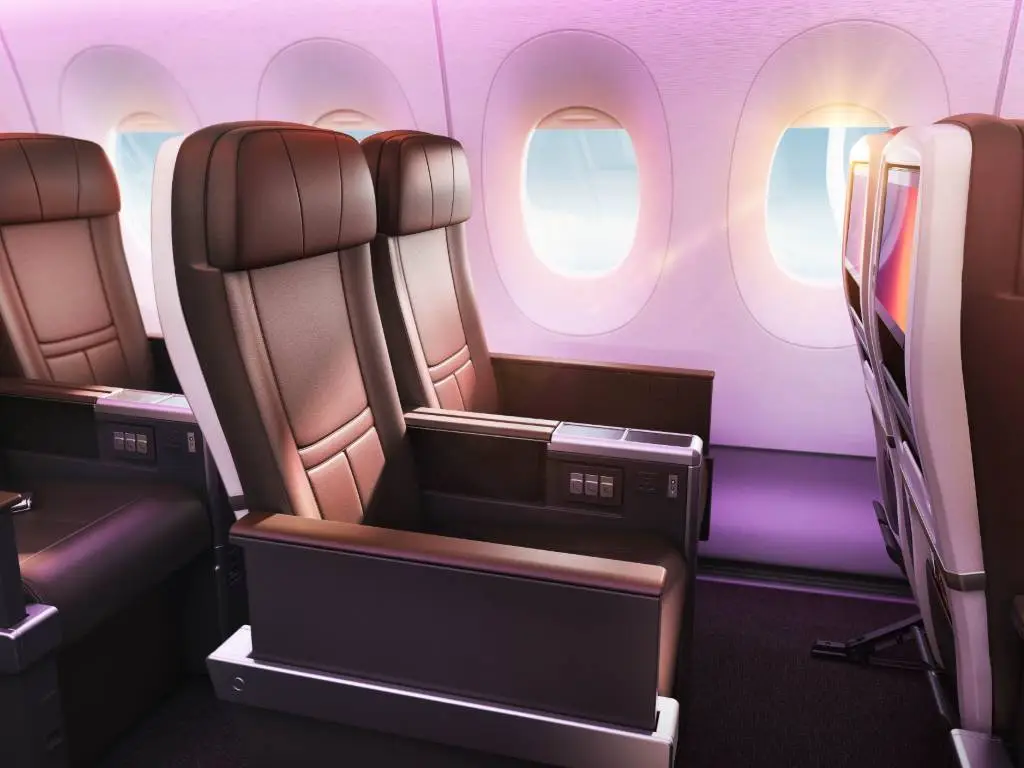
Virgin Premium Economy: Honest 2026 Review
Dec 19, 2025
9 min read
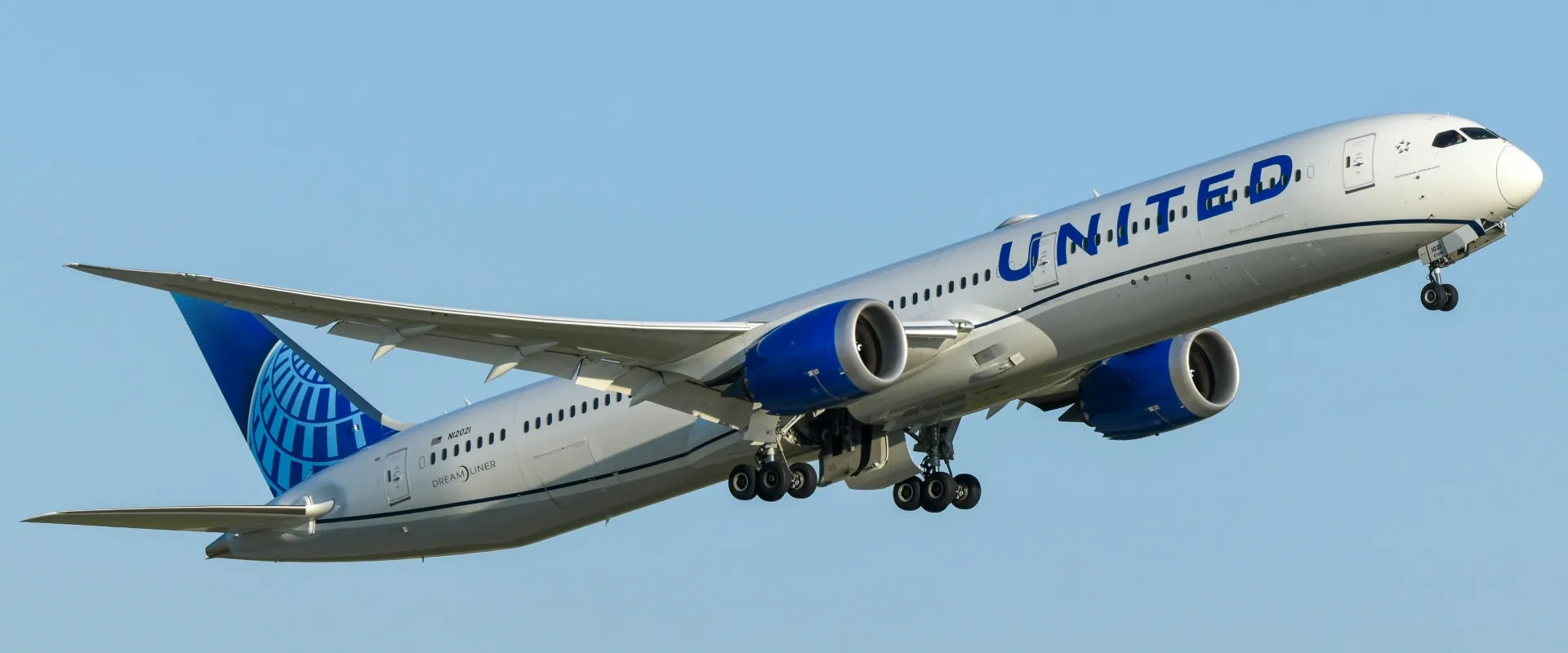
United Premium Plus Review: Is It Worth It?
Dec 19, 2025
8 min read
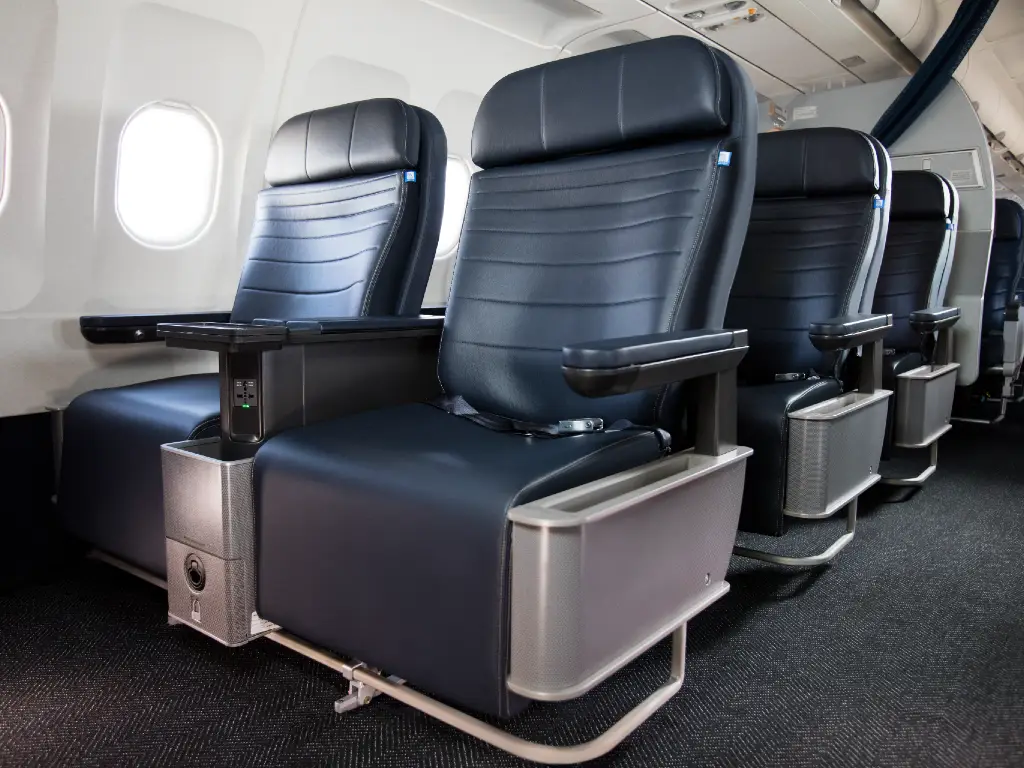
United First Class Guide: The Real Deal on Seats, Service & Value (2026)
Dec 19, 2025
10 min read


